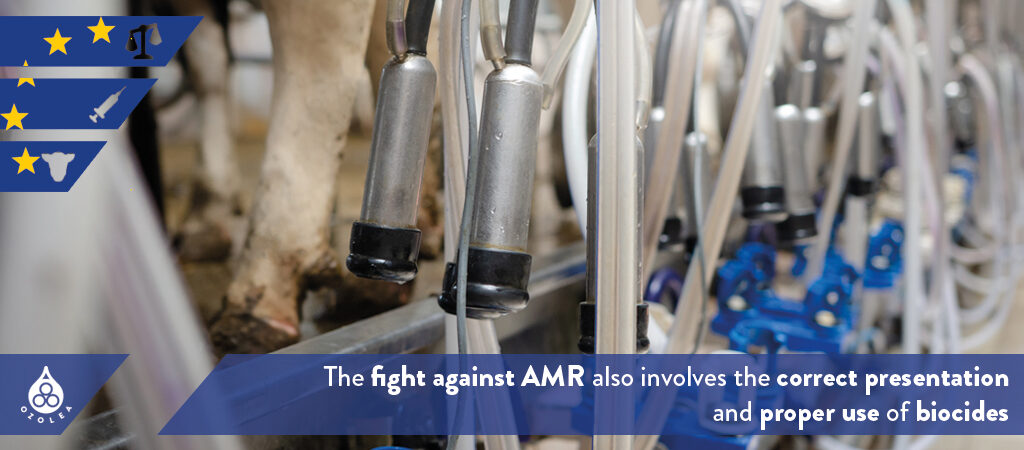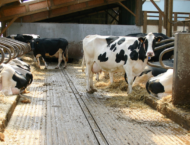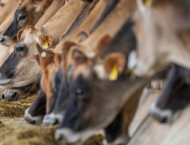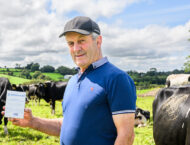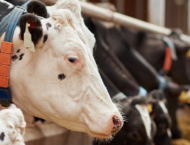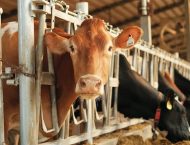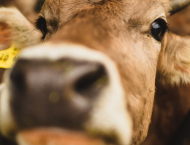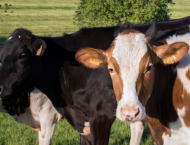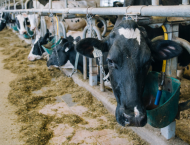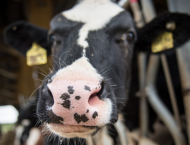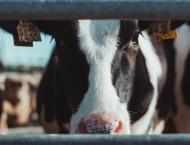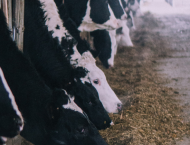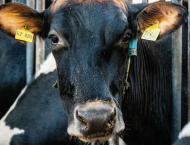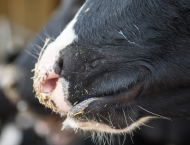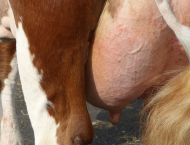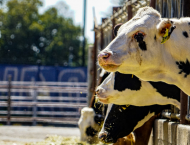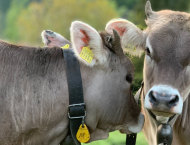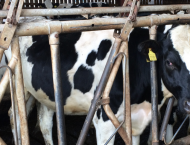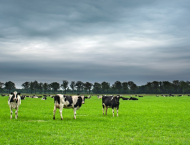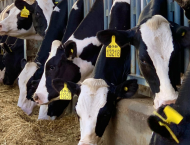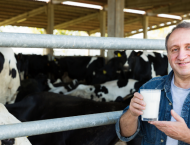Milk producers know what biosecurity means, and they also know how much effort must be made in the stall to manage all the measures aiming at avoiding the introduction, development and spread of diseases in the dairy herd.
Everything we do for the purposes of biosecurity is prevention and control, two elements that need help from chemistry in certain situations.
Here are some examples: at milking, we use pre- and post-dipping products. Or, as per routine, we disinfect environments or the milking machine’s elements, eliminating microorganisms (not just bacteria!) that could infect our animals.
Same issue, with specific procedures, in the dairy processing.
To do this, chemistry must provide us with products that are effective, safe and of proven quality. And also authorised. All this goes through the so-called biocides market, which the European Union has defined by means of a complex legislative framework [BPR, Reg. (EU) no. 528/2012] and which are more types of products than only disinfectants.
Thus, if we want to buy a disinfectant product we must therefore ensure that it has been authorised as a biocide. The authorisation, which takes place at a national level, essentially validates the efficacy and safety of use of these products. It will be the product label that will tell us this.
But why do we need to be sure of this?
The first reason lies in the term biocide (Article 3 of the BPR). Biocides are substances that destroy harmful organisms or in any case, in the broad definition given by the BPR, make them harmless through chemical/biological processes, with the exclusion of mechanical or physical action.
So a detergent, which performs a mechanical or physical action, will never help us effectively in disinfection. On this, in Italy, in 2019 the Ministry of Health clarified any doubts. In the EU, an ongoing process is leading Member States to finalise the review of active substances used in biocides. The process is expected to be completed in 2024 and, from then on, only biocidal products containing substances included in the resulting EU lists can be authorised.
The second reason lies in an international aspect: the fight against antimicrobial resistance (AMR). We know that microorganisms also develop resistance to biocides (which are antimicrobials). Unfortunately, research on specific resistance to biocides has not reached levels of knowledge comparable to what is known about antibiotics.
It remains, as already said, that thinking of using any type of antimicrobial, regardless of its origin, as a weapon against AMR does not appear to be the right solution. Surely, we can safeguard their importance and reduce the impact on AMR by using the right products correctly.
Furthermore, it is equally important to have correct information from those who produce and supply these substances, especially as regards the scope of use and the correct conditions of use since this is what properly addresses the end user.
Let’s go back to veterinary medicines. Reg. (EU) no. 2019/6 establishes rules on the advertising of these products to essentially achieve the goal of proper promotion for adequate use and fair trade practices on the EU market.
Biocides, veterinary medicines and feed (think medicated feed) markets have long been very crowded places with important differences also due to the existence of specific national regulations. Experience has shown that it is necessary “to put emphasis on the distinction between feed and biocidal products, on the one hand, and veterinary medicinal products, on the other, because that distinction is often misrepresented in advertising” (observation no. 80 of the VMP Regulation).
The steps forward made by Reg. (EU) no. 2019/6 in terms of advertising, distinction between products and above all harmonization through various other regulations [such as the BPR, but also the new regulations on medicated feed – Reg. (EU) n. 2019/4] are extremely important for the veterinary, husbandry and dairy world of the European Union.
By giving unitary rules, the final effect will be that of being able to face the AMR with the same common vision and, concerning competitiveness, especially for milk producers, those disparities between one state and another will be reduced in terms of availability of inputs, with a little respite at least of costs for the management of biosecurity.

